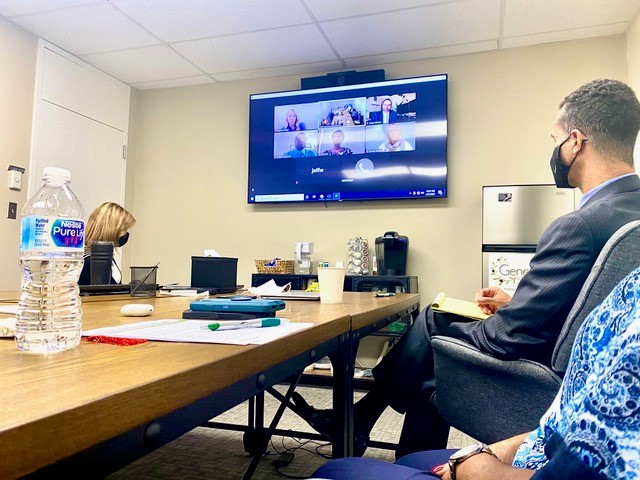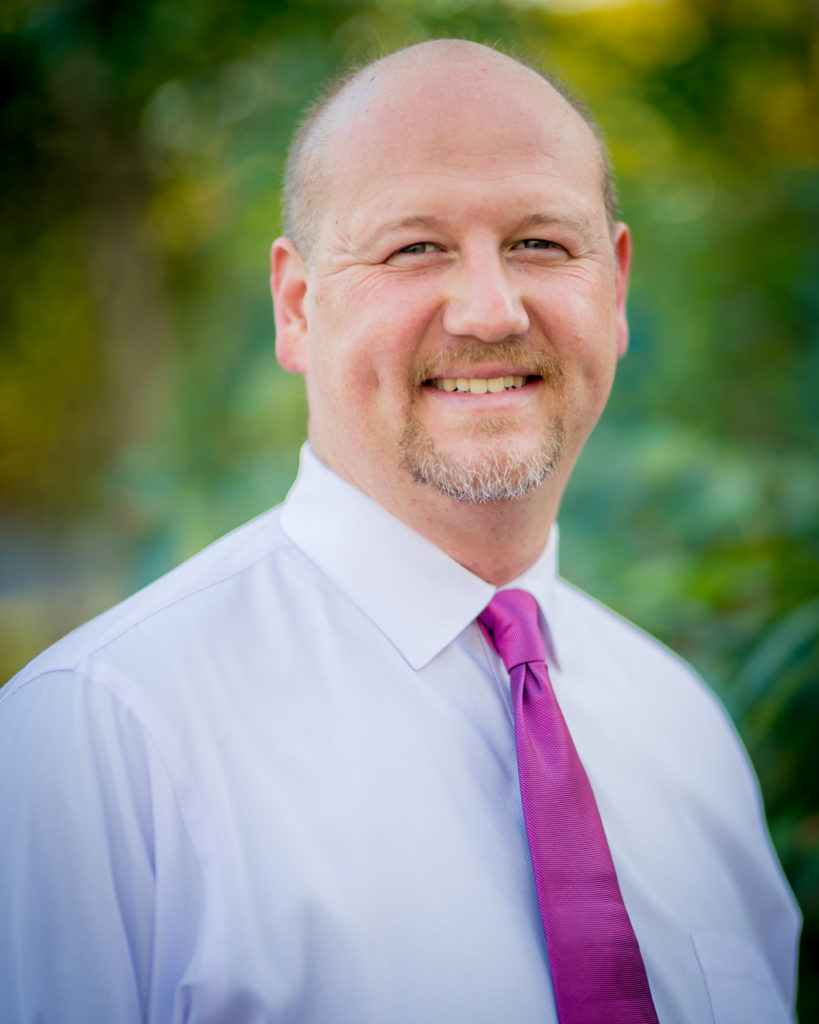
Wednesday was a day for the record books at LeadingAge. In a virtual march on Washington, 440 association members, representing 5,000 nonprofit aging service providers, swarmed Capitol Hill to lobby for senior services.

“In a normal lobby day, we would have 300 members and about 200 meetings, so to have 440 members and 300 meetings just shows the passion of our members,” Joe Franco, LeadingAge grassroots vice president, told McKnight’s Home Care Daily.
There might be no better time than now for LeadingAge to push its agenda in Washington. Late last month, President Joseph Biden unveiled a sweeping $1.9 trillion stimulus plan that includes $400 billion dollars to rebuild the nation’s caregiving economy. The day after Biden’s announcement, LeadingAge rolled out its Blueprint for a Better Aging Infrastructure, which outlines an extensive wish list of senior service priorities. Among them: expanded telehealth services, better wages for home care providers, senior housing initiatives and immigration reform.
Franco expects bills addressing Biden’s plan will start hitting the House and Senate floors by July, so LeadingAge is aggressively bending ears on Capitol Hill to promote its priorities.
“There are going to have to be negotiations and compromise to make that happen and we really haven’t seen where that is headed yet,” Franco said.
Move on telehealth
At the moment, expansion of telehealth holds the most promise. Momentum was already building in Washington to provide enhanced telehealth access even before the president rolled out his infrastructure plan.
The Telehealth Modernization Act, introduced in late February, is a bipartisan proposal that would make permanent telehealth services for Medicare beneficiaries beyond the COVID-19 public health emergency. Other bills would expand telehealth services and provide the same reimbursement as face-to-face visits.
“Home healthcare providers aren’t able to bill at the same level if (visits) are done over the telephone versus in person. It’s not always possible to be in person in the middle of a pandemic,” Franco said.
Other priorities
Some of LeadingAge’s other priority items include an increase in the permanent match for Medicaid’s Federal Medical Assistance Percentage (FMAP), securing more specialized training for palliative care workers, and better wages to attract more caregivers.
Franco said immigration reform is an important puzzle piece in providing a pipeline of workers to the home healthcare industry. LeadingAge is backing an initiative it floated more than a year ago called the International Migration of Aging and Geriatric Workers in Response to the Needs of Elders (IMAGINE). IMAGINE would recruit care workers from other countries and provide them a path to citizenship.
“There is actually an overabundance of nurses in the Philippines. We could bring in RNs and LPNs from the Philippines and provide them a glide path through (IMAGINE). They
would have to be here for a certain amount of time, but then offering a pathway to citizenship so they could stay here,” Franco said.
Franco believes the time is ripe to push for senior services because the pandemic has cast a spotlight on the need to keep seniors safe at home and in institutional settings.
“The pandemic has really shown the cracks in our aging services system. Now there is tremendous momentum for there to be change from the way that we operate our services and programs for older adults,” Franco said.


